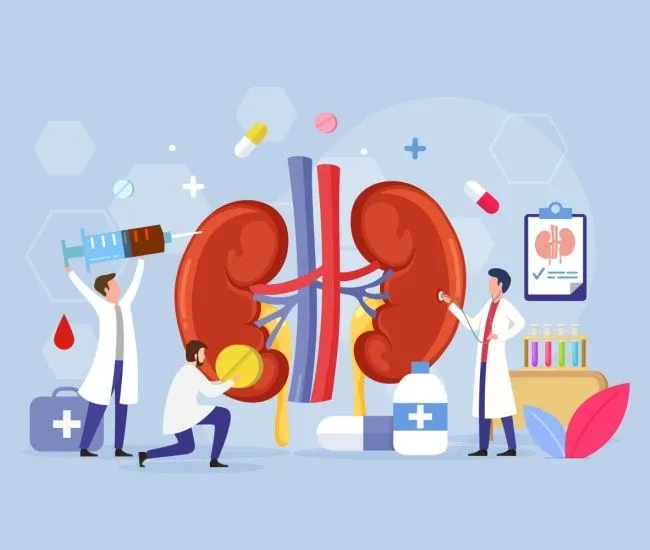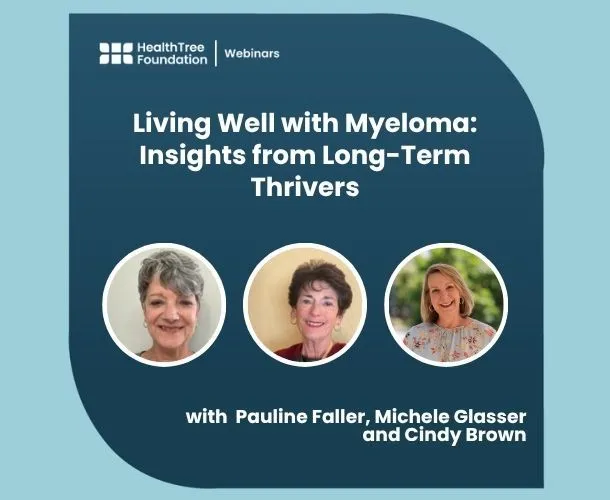Beginning Myeloma Treatments Impact the Achievement of MRD-negative Goal

BY PAUL KLEUTGHEN The current issue of the Journal of Clinical Oncology reports more interesting research that, again, confirms the importance of achieving minimal residual disease (MRD) negative status in multiple myeloma treatment. This is an important topic that has already been presented earlier on this site. The focal point of the article was to point to the positive difference in progression free survival and overall survival for patients who achieved MRD-negative status. Of interest to note, however, is the embedded report of how different induction regimens impact the achievement of MRD-negative status. The authors report that 50% (out of + 600 patients studied) of those patients who underwent an induction regimen of VDT (Velcade, thalidomide, dexamethasone) followed by stem cell transplant achieved MRD-negative status. This compares to only 11 % for patients who were given an ‘older’ induction regimen named VBMCP/VBAD (vincristine, carmustine, cyclophosphamide, prednisone/vincristine, carmustine, doxorubicin and dexamethasone). There is no need to discuss these two regimens here, or for that matter, other induction regimens that are used in clinical practice these days. The point that we would like to make is that for the newly diagnosed patient is it well worth to pop the question “And what induction regimen is expected to give me the best chance to get me to MRD-negative status post-transplant ?” Let your myeloma specialist guide you through the options and their experience with outcomes so you can make an informed decision.
BY PAUL KLEUTGHEN The current issue of the Journal of Clinical Oncology reports more interesting research that, again, confirms the importance of achieving minimal residual disease (MRD) negative status in multiple myeloma treatment. This is an important topic that has already been presented earlier on this site. The focal point of the article was to point to the positive difference in progression free survival and overall survival for patients who achieved MRD-negative status. Of interest to note, however, is the embedded report of how different induction regimens impact the achievement of MRD-negative status. The authors report that 50% (out of + 600 patients studied) of those patients who underwent an induction regimen of VDT (Velcade, thalidomide, dexamethasone) followed by stem cell transplant achieved MRD-negative status. This compares to only 11 % for patients who were given an ‘older’ induction regimen named VBMCP/VBAD (vincristine, carmustine, cyclophosphamide, prednisone/vincristine, carmustine, doxorubicin and dexamethasone). There is no need to discuss these two regimens here, or for that matter, other induction regimens that are used in clinical practice these days. The point that we would like to make is that for the newly diagnosed patient is it well worth to pop the question “And what induction regimen is expected to give me the best chance to get me to MRD-negative status post-transplant ?” Let your myeloma specialist guide you through the options and their experience with outcomes so you can make an informed decision.

about the author
Paul Kleutghen
I am a patient diagnosed in 2014 with primary plasma cell leukemia (pPCL), a rare and aggressive variant of multiple myeloma and have been very fortunate to find successful treatment at the division of Cellular Therapy at the Duke University Cancer Institute. My wife, Vicki, and I have two adult children and two grandsons who are the ‘lights of our lives’. Successful treatment has allowed Vicki and I to do what we love best : traveling the world, albeit it with some extra precautions to keep infections away. My career in the pharmaceutical industry has given me insights that I am currently putting to use as an advocate to lower drug pricing, especially prices for anti-cancer drugs. I am a firm believer that staying mentally active, physically fit, compliant to our treatment regimen and taking an active interest in our disease are keys to successful treatment outcomes.
More on Navigating Your Health
Trending Articles




Get the Latest Multiple Myeloma Updates, Delivered to You.
By subscribing to the HealthTree newsletter, you'll receive the latest research, treatment updates, and expert insights to help you navigate your health.
Together we care.
Together we cure.
3x Faster.













